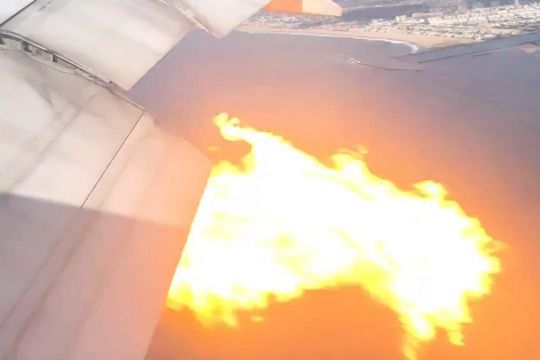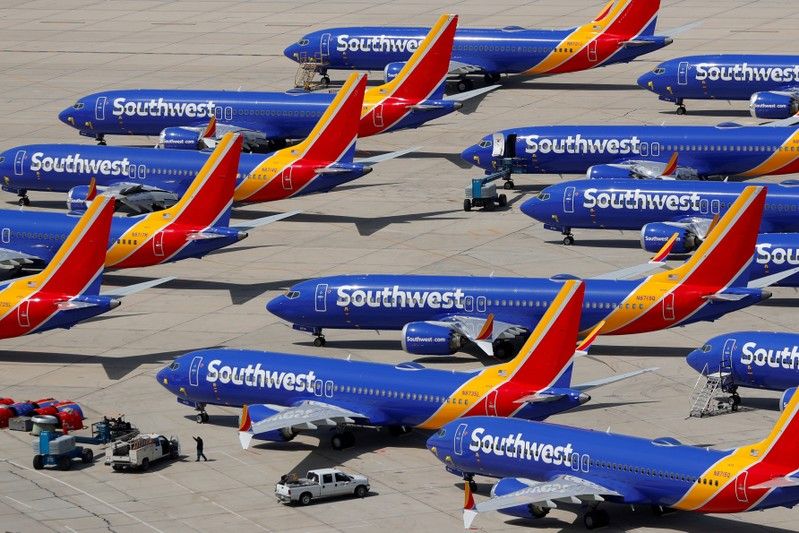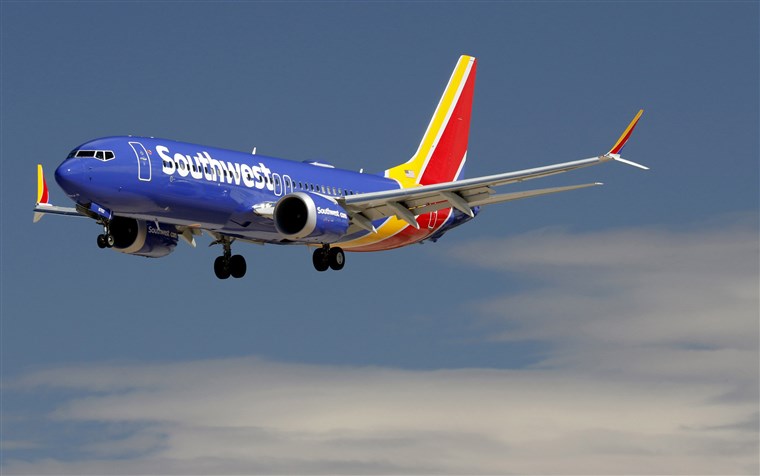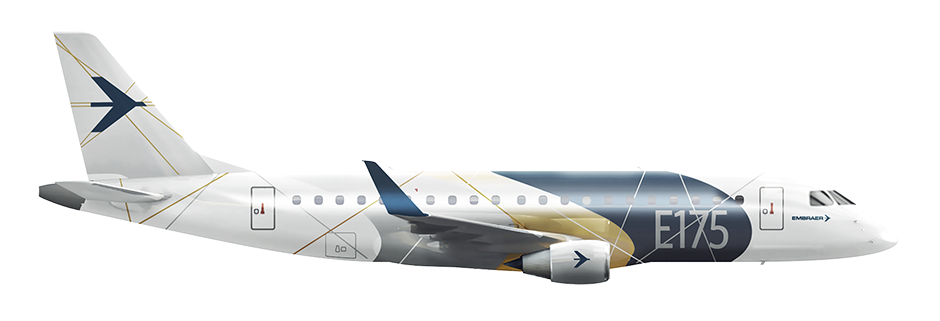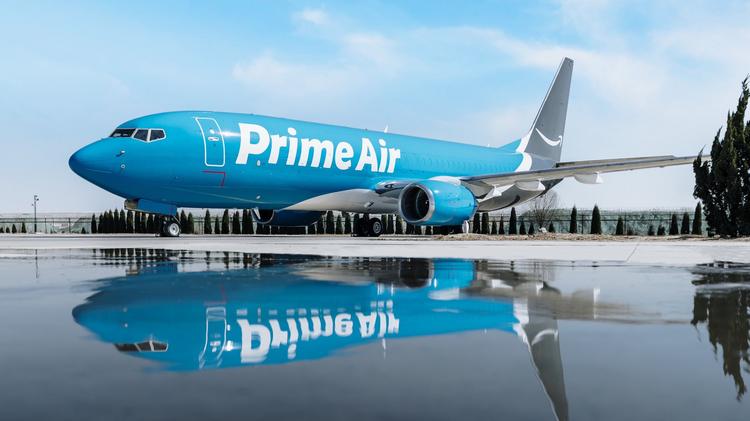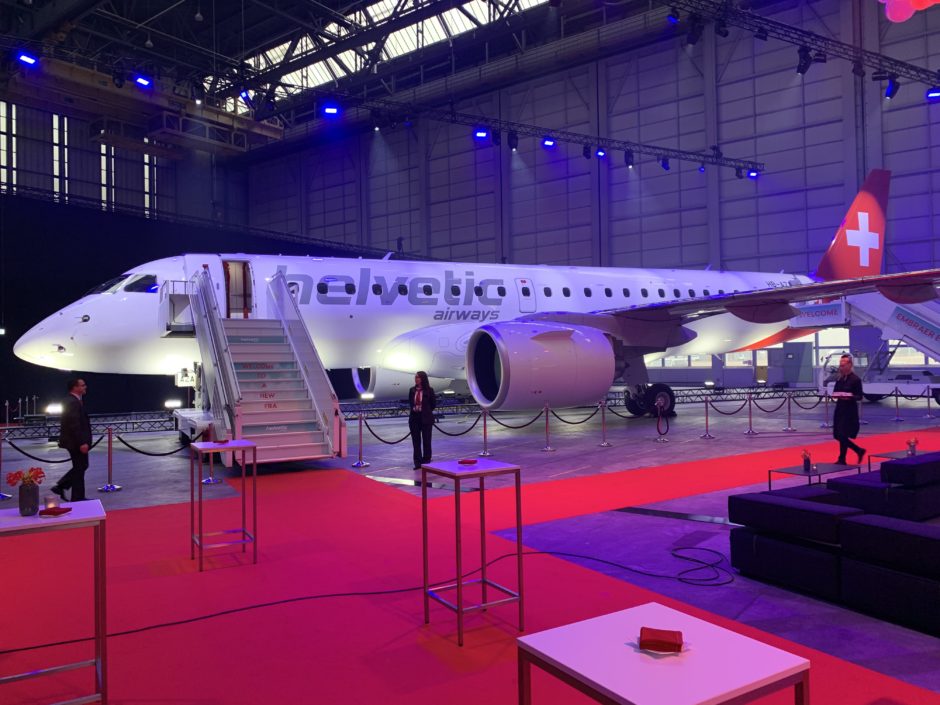SKY, a Chilean-based ultra-low-cost carrier, has signed a Purchase Agreement with Airbus for 10 A321XLRs. The airline will expand its international route network with the new aircraft.
The A321XLR is the next evolutionary step in the A320neo/A321neo Family, meeting market requirements for increased range and payload in a single-aisle aircraft. The A321XLR will deliver an unprecedented narrow-body airliner range of up to 4,700nm, with 30% lower fuel consumption per seat compared with previous-generation competitor jets, allowing airlines to expand networks by making new longer routes economically viable.
“This new aircraft fleet will allow us to expand our offer of international and wide-ranging routes, always under our successful low cost model and its extremely convenient ticket prices. Now passengers can enjoy new and very attractive destinations on the most modern airplanes in the market,” said Holger Paulmann, CEO of SKY.
Arturo Barreira, President of Airbus Latin America, said: “We are delighted that SKY has selected the A321XLR to further expand its fleet of all Airbus aircraft. The A321XLR will allow SKY to offer its customers new destinations, such as direct flights from Santiago in Chile to Miami in the U.S.”
According to the latest Airbus Global Market Forecast (GMF), Latin America will need 2,700 new aircraft in the next 20 years, more than double today’s fleet. Passenger traffic in Latin America has doubled since 2002 and is expected to continue growing over the next two decades. Specifically in Chile, traffic is expected to increase from 0.89 trips per capita to 2.26 trips in 2038.
In parallel to the growing fleet, according to Airbus’ latest GMF, there will be a need for 47,550 new pilots and 64,160 technicians to be trained over the next 20 years in Latin America. To cover this necessity SKY also selected Airbus as its flight training provider, making the airline the launch customer for the new Airbus Chile Training Centre. The centre will offer flight crew training for Chilean pilots and will include a full-flight A320 simulator.
SKY has been an Airbus customer since 2010 and became an all-Airbus operator in 2013. The airline’s fleet of 23 A320 Family aircraft serves national and international routes connecting Chile to Argentina, Brazil, Peru and Uruguay.
Airbus has sold 1,200 aircraft, has a backlog of more than 600 and more than 700 in operation throughout Latin America and the Caribbean, representing a 60% market share of the in-service fleet. Since 1994, Airbus has secured nearly 70% of net orders in the region.



